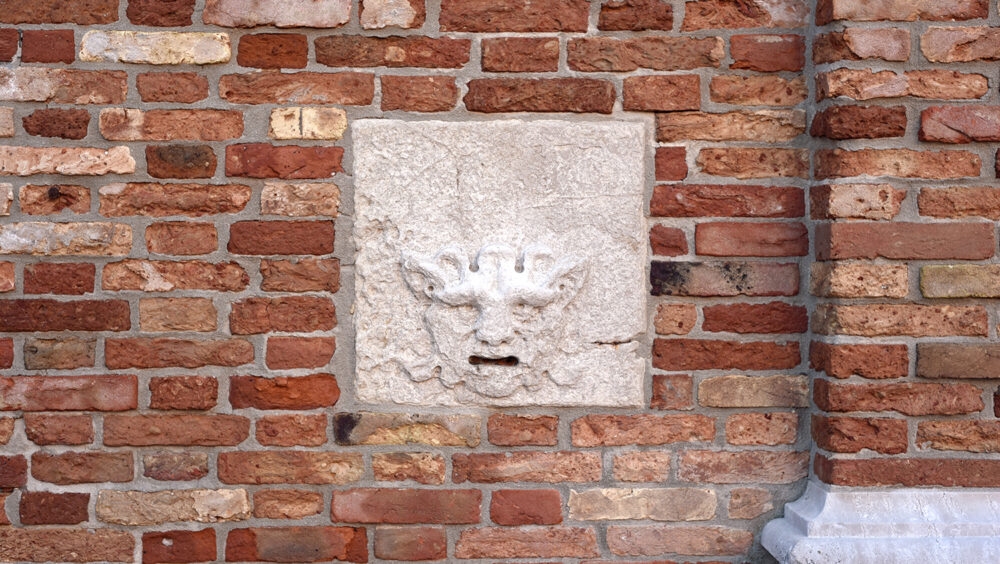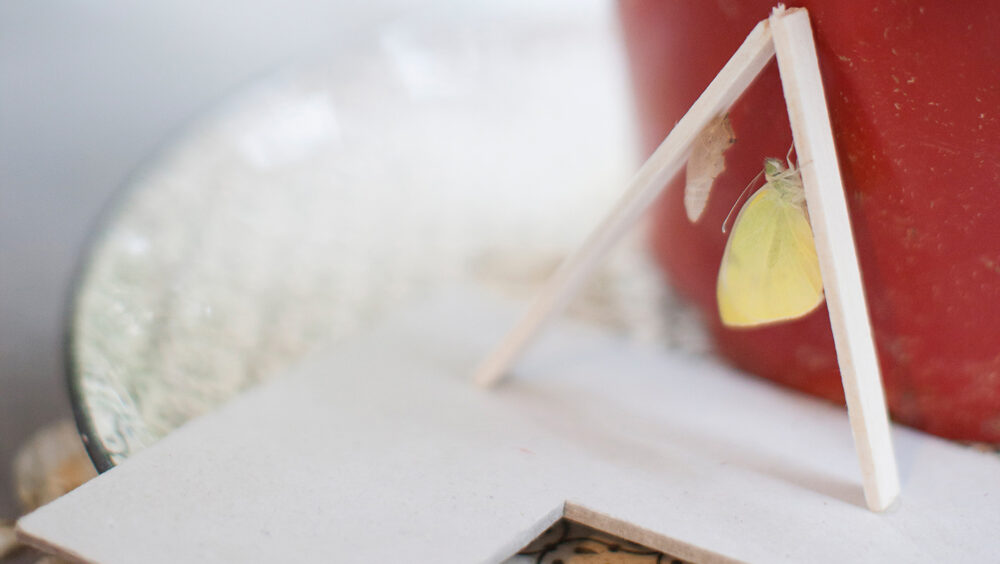
Landscape and memory in two Segovian villages
In the heart of Old Castille, scorching weather bears down on a deserted village, as new houses sprout and conquer the wilderness. Mark Stuart-Smith, artist and researcher, shares the results of this roadside exploration.
Everything starts with the blindness of short black lines. The drawing is too close, too large, too bright. Then slowly tracks of light start to appear, start to give the drawing its pulse. The landscape churns constantly. I know the horizon is up there, and the mountains to the south. I only sense the broader shape of things.

The sun is still only at 35°, but rising steeply, and the hillsides to the south and east already foam with energy. I can almost reach out and touch the tops of the ash trees growing in the valley immediately below. The woodland seems to flood towards the village like a sea crashing in slow motion. … I am walking through grasses and thistles, footsteps crunching on the limestone shale and the crusts of dried moss.
Then come the low tough bushes and trees. I leave the main path and follow the lighter animal tracks, softer lines scratched through the thin leaf cover by claw and hoof. Everything takes on a magical animation, plants and rocks moving gracefully amongst each other. Cistus, holm oak and juniper, towers of slow patient growth, slowly turning. I follow the trails across the hillside, trying to make sense of them, trying to make sense of the wood.



In Alameda, the abandoned village, the ruined houses slowly drown in the rising tide of saplings and thorns. The drawing is a place of dreams. The old village houses were built straight onto the limestone rock, their materials drawn from the surrounding hills and fields: thick walls of stone and mud, and rooftiles of baked clay, inner armatures of hard juniper, oak and pine.
Inseparable from the working landscape, the houses barely looked out at the landscape. The modest windows were made for survival in a harsh climate, keeping out extremes of heat and cold, letting in only just enough daylight.



In rural Segovia the left and centre-left were defenceless against the generals’ uprising of July 1936. After the first wave of executions, came the mobilisation and the ideology, the hunger and repression, and a blanket of fearful silence that for some still lasts. Most of what remained of the life of the villages was drained off into the great cities, Madrid, Barcelona, Bilbao, by Franco’s industrial policies.
The old village is now long dead. What new economies are replacing it? The new houses on the south and east sides of the village grab big eyefuls of landscape – the cardboard zombie, biting aimlessly at the view, and further down the new postmodern hybrid, north side 19th-century almshouse, south side giant glass and concrete grid.



Beyond these, the Californian-style ranch, sprouting belvederes and verandas. Modern, individualistic houses, some bespoke, some off-the-peg, with an array of rusticated exteriors from the global supermarket of styles and materials. Now nostalgic memories of the old interior timbers are expressed on the outsides of the houses in chunky patios and vast entrance gates. The new houses are machines for looking – though not much to look at. They stretch out their spectacular panoramic windows to fix and frame and gather in the pure unsullied hills and mountains and sky. In Alameda, where paths are still places the wayfaring soul can inhabit, there are no panoramas, and the abandoned houses slowly drown in the rising tide of saplings and thorns.



Recent articles

Southern California is many things. Quite infamously, it is known as a landscape defined by the automobile, from the emergence and diffusion of the highway system to fast food burgers, and the suburbanization of the United States. Walking this place then, would seem not only inconvenient, but ill advised. In… Read more »

What is today known as ‘whistleblowing’ could once take the form of interacting with a threatening gaze carved into the city wall. It is the case of the ‘boche de Leon’ or ‘lion’s mouths’ disseminated by the old Venetian Republic throughout its territory to suppress illegal activities. Through a close… Read more »

As he navigates through the recurrent lockdowns of the pandemic, stranded between hitchiking and muggings, job hunting and separations, Fabio Valerio Tibollo rediscovers photography as a powerful coping mechanism. Recording everything that happened around him for one year straight, from attending momentous events to finding curiosity in shots of simple living,… Read more »

